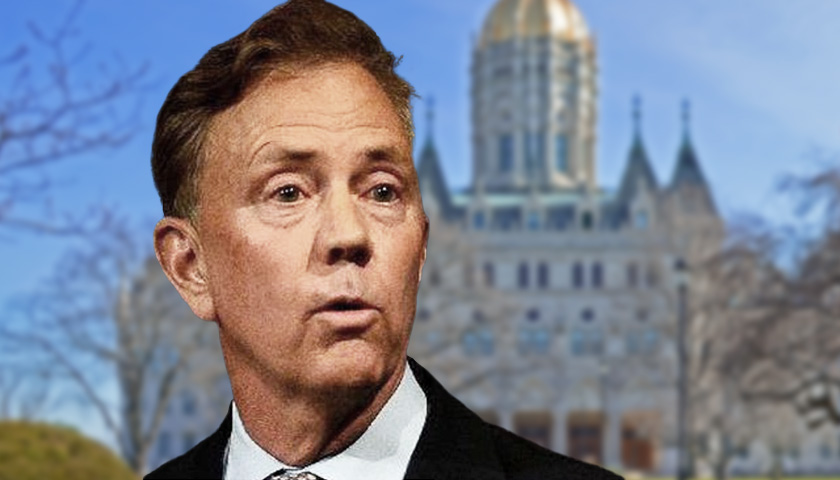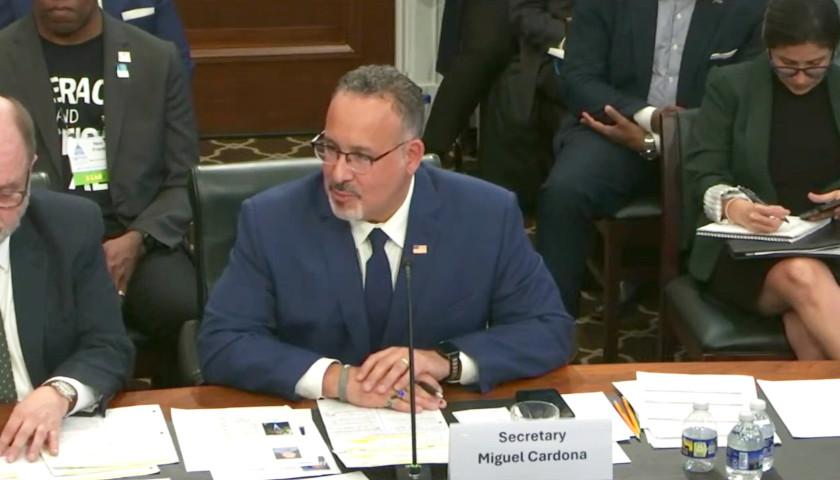by Christian Wade
Connecticut Gov. Ned Lamont has unveiled a new energy plan that pumps more money into fuel assistance to provide short-term relief for consumers, while taking steps to wean the state off fossil fuels.
Under a plan unveiled this week, Lamont has directed the Connecticut Energy Assistance Program to increase fuel assistance payments to qualifying residents by another $430 this season to help with home heating costs, and unpaid utility bills through the state’s Low Income Home Energy Assistance Program.
The funding comes from a $1.7 trillion federal government appropriations bill approved by Congress in December, which earmarks an additional $1 billion for fuel assistance programs. Connecticut expects to receive another $20 million in LIHEAP funds from the spending bill.
Meanwhile, Lamont is also pursuing a long-term strategy to improve energy affordability and reliability by developing offshore wind, tapping into Canadian hydropower and expanding solar and other renewables.
“Our mission right now is to ensure that electricity will be reliable and that assistance and relief will be available to residents when they most need it this winter,” Lamont said in a statement. “Our long-term strategy further diversifies our energy sources by investing in clean energy and energy efficiency to get us off the fossil fuel rollercoaster.”
Connecticut has already signed contracts to develop up to 1,108 megawatts of offshore wind capacity, Lamont said, and the state is exploring strategic investments in new transmission projects to power up homes and buildings with wind energy. He said Connecticut has plenty of wind capacity, calling it the “Texas of wind power.”
Lamont said he is also in talks with other governors about bringing Canadian hydropower to the region to help fill the state’s base energy load.
“We are going to be weaning our way off natural gas and oil but it’s going to take a while,” he said in remarks on Wednesday.
Republicans said this week they will be releasing their own energy relief plan, outlining their proposal to help inflation wary energy consumers.
“Connecticut can and must do more – much more – both in the short term and the long term to provide families with relief,” Senate Republican Leader Kevin Kelly, R-Stratford, said in a statement. “We cannot be content with what has been done in the past, we need further action.”
Sen. Ryan Fazio, R-Greenwich, ranking member of the Legislature’s Energy and Technology Committee, said the GOP’s energy plan will “lower rates both in the medium and long term and improve reliability for everyone.”
“We are ready and willing to work with our friends on the other side of the aisle to make the change that is long overdue,” he said.
The pledges of energy relief come as Connecticut consumers are being hit with higher energy bills amid double digit electricity rate hikes by the state’s two largest utilities, Eversource and United Illuminating.
Applications for Connecticut’s Energy Assistance Program are up 27%, state officials say, predicting more than 100,000 households will need relief this winter.
The Northeast region also has a lack of natural gas pipeline capacity that has dramatically driven up spot prices for the fuel this winter, analysts say.
Katie Dykes, Commissioner of the state Department of Energy and Environmental Protection, said the volatile prices is one of the reasons the state needs to take steps to wean itself off reliance on burning fossil fuels to keep the lights turned and homes heated.
“Until we further diversify and clean up the grid, we will remain at the mercy of volatile price swings in the energy market,” she said. “This strategy will better insulate residents from price volatility, increase reliability, and help us meet our greenhouse gas emissions goals.”
– – –
Christian Wade is a contributor to The Center Square.
Photo “Ned Lamont” by Ned Lamont. Background Photo “Connecticut State Capitol” by Frederickverillo. CC BY-SA 4.0.








